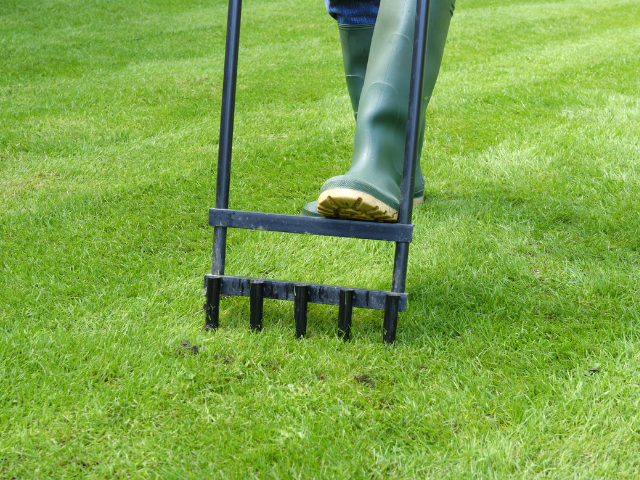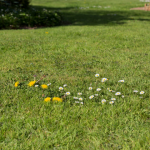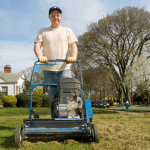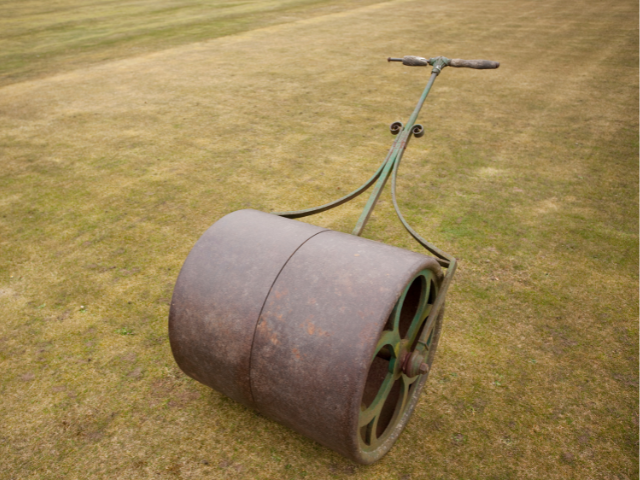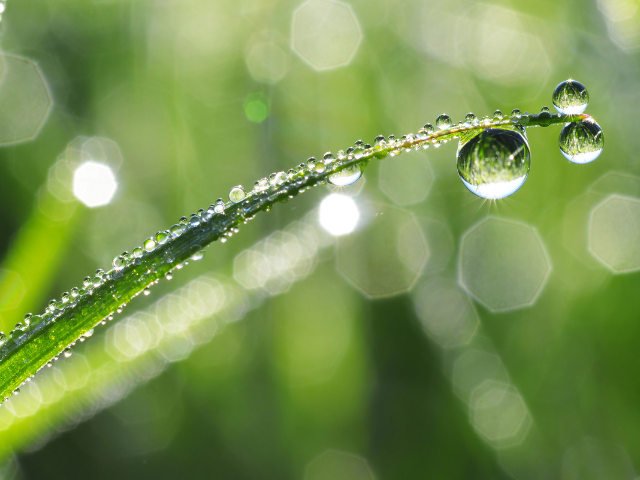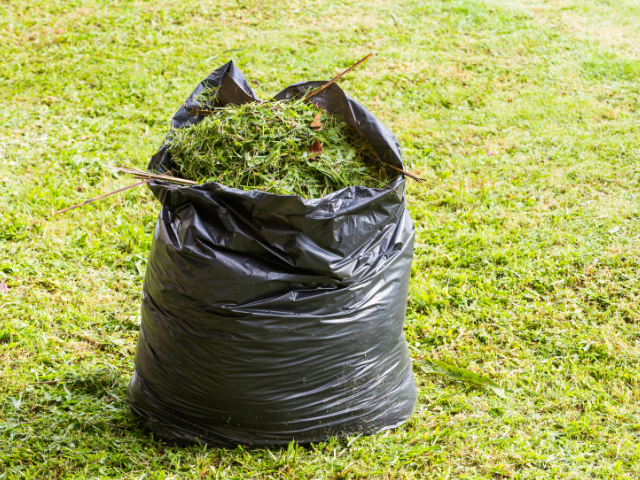If you have a lawn, aerating it is one of the most important things you can do to keep it healthy. Aeration helps improve water and nutrient absorption, relieve compaction, encourage thatch breakdown, and promote root growth. All of these benefits lead to a healthier lawn that is better able to withstand stresses like heat, drought, traffic, and pests.
What Does an Aerator Do for Your Lawn
Aeration is the process of making small holes in your lawn to allow air, water, and nutrients to reach the grassroots. This helps the roots grow deeper and stronger, creating a healthier lawn.
There are many benefits to aerating your lawn, including:
- Improved root growth
- Better drainage
- Reduced compaction
- Improved air circulation
- Enhanced fertilizer absorption
When is the Best Time to Aerate Your Lawn?
The best time to aerate is during the growing season when the grass is actively growing. This is typically in the spring or fall. Avoid aerating during the heat of summer or cold of winter as this can stress the grass.
Lawn Aeration How Often?
How often you need to aerate your lawn depends on several factors, including:
- Soil type
- Grass type
- Traffic (human, pet, or vehicle)
- Climate
As a general rule of thumb, you should aerate your lawn every one to three years. Soil type is important because some soils compact more easily than others. For example, clay soils are more prone to compaction than sandy soils. If you have clay soil, you may need to aerate more often.
Grass type is also a factor because some grasses are more tolerant of compaction than others. For example, Kentucky bluegrass and tall fescue are
Types of Aerators for Lawns
There are two main types of aerators for lawns:
- Manual aeration is done by using an aeration tool, such as a garden fork or hand-held auger, to make small holes in the soil. This method is best for small lawns.
- Machine aeration is done with a gas-powered or electric aerator. This method is best for large lawns. The machine pulls small plugs of soil from the ground as it moves, creating holes that are about 2.5 cm (1 inch) in diameter.
FAQs About Why Should You Aerate Your Lawn
Should I pick up plugs after aerating?
It is not necessary to remove the plugs after aerating. The plugs will eventually break down and add organic matter to the soil.
Can you walk on the lawn after aeration?
Yes, you can walk on the lawn after aerating. In fact, walking on the lawn helps to work the plugs into the soil.
What do you fill aeration holes with?
You don’t need to fill the holes left by aeration. The holes will eventually close on their own as the plugs break down.
Can I aerate my lawn with a garden fork?
Aerating with a garden fork is not as effective as using a machine because the forks only remove a small amount of soil from the ground.
